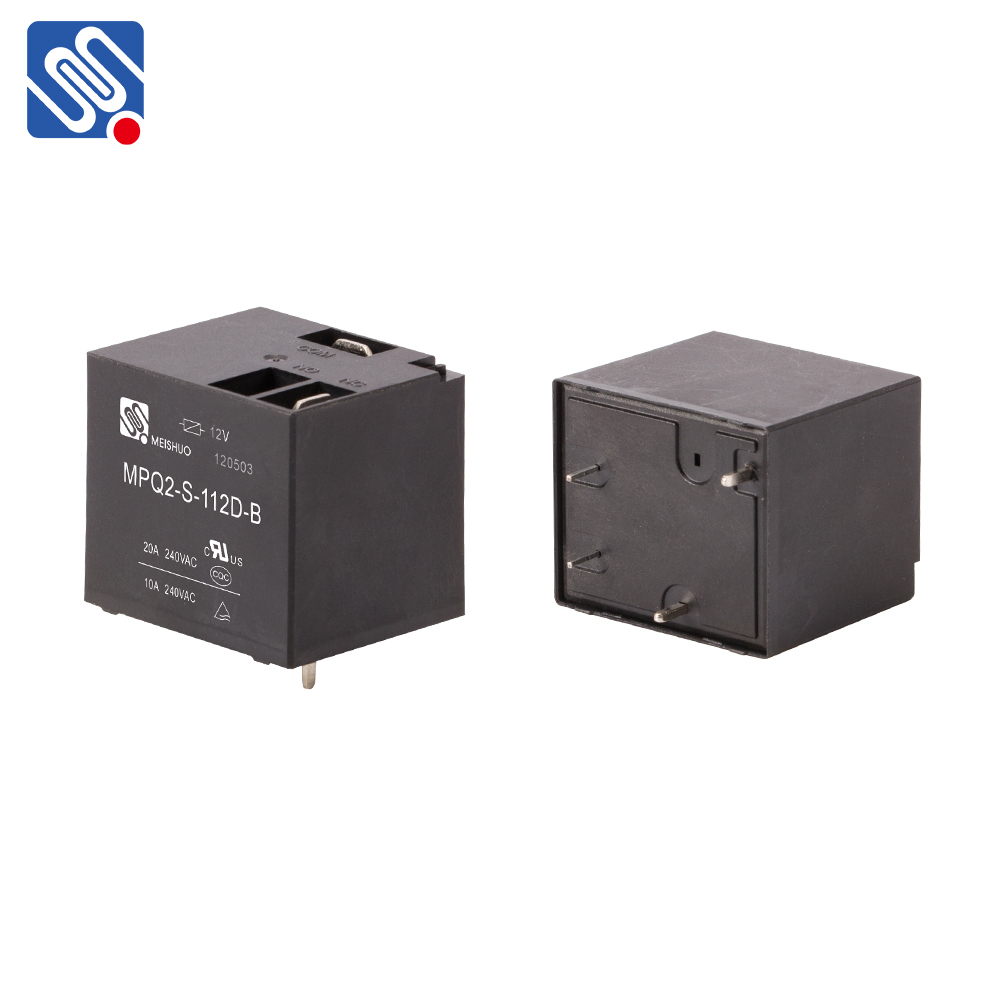understanding the 12v 30a relay: a comprehensive guide
Release time:2025-05-02 23:09:33
A 12V 30A Relay is an essential electrical component that plays a crucial role in various automation and control systems. Widely used in automotive, industrial, and home applications, this relay is designed to control high-current loads with a relatively low-power signal, typically operating with a 12-volt DC power supply. In this article, we’ll dive into the basic principles of a 12V 30A relay, its applications, how it works, and why it’s favored in specific scenarios.

What is a 12V 30A Relay?
A relay is an electrically operated switch that allows you to control the flow of current in a circuit without physically connecting or disconnecting wires. The 12V 30A relay specifically refers to a relay that operates at 12 volts DC and can switch a load of up to 30 amps of current. This makes it a powerful choice for applications where high power needs to be controlled by a low voltage signal.
The relay has two main parts: the coil and the switching mechanism (contacts). When an electrical signal is applied to the coil, it generates a magnetic field that causes the relay’s contacts to either open or close, thus completing or breaking the circuit.

